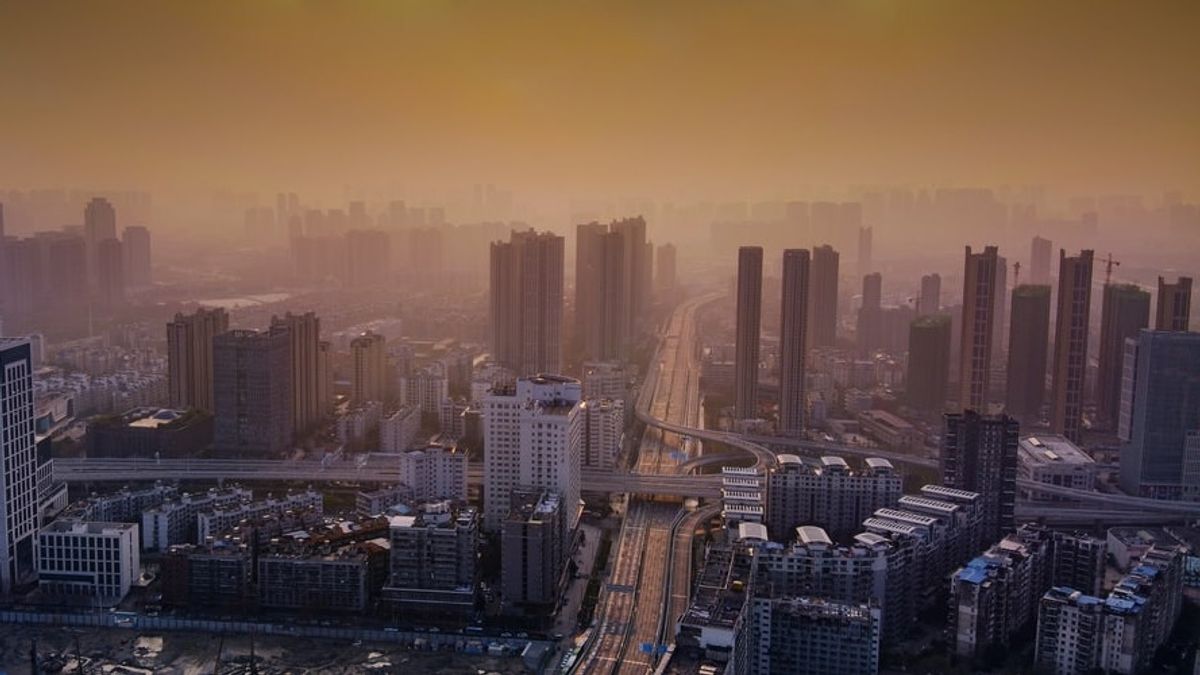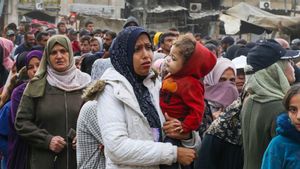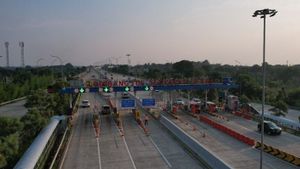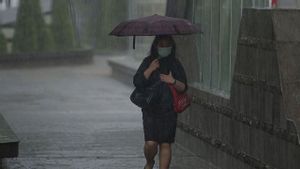JAKARTA - The city of Wuhan, China, is the zero point of the outbreak which has now become a pandemic, corona virus or COVID-19. Since December 2019, China has reported the World Health Organization (WHO) on several unusual cases of pneumonia in Wuhan, a port city of 11 million people in Hubei Province. Some of those infected with the virus work at the Huanan Seafood Market, which finally closed on January 1, 2020.
As of January 24, the death toll from the virus reached 26, with the government reporting 830 cases of the coronavirus. The cities in Hubei Province are isolated, millions of people in the province are trapped without knowing when the situation will end.
It's not an easy thing to be living in an isolated city like this. In addition to the fear of the virus spreading, people are also confused about how to survive due to limited foodstuffs on the market due to the difficulty of distributing basic commodities due to city closures. Activities are also limited because all offices are closed and residents are advised to stay indoors if there is no need at all.
But now Wuhan is slowly rising. As of Friday March 13, there were only five new cases of COVID-19, which is the first time there have been only single digits since the virus outbreak in Wuhan. In addition, other reports indicated that no cases of transmission were reported in all of China.
The Chinese Health Commission stated that the COVID-19 epidemic in China has passed its peak, even as warnings over the virus have risen in other countries. The Chinese government has launched measures to try to slow the spread of the disease which has infected more than 127,000 people worldwide.
As the tough epidemic countermeasures came to fruition, local governments in China were ordered to revive their economies, especially in areas not dealing with the virus outbreak but affected by the virus-hit areas.
Several vital industries in Wuhan have been allowed to resume work since Wednesday 11 March, a day after President Xi Jinping visited there for the first time since the COVID-19 outbreak began.
However, transportation restrictions in Wuhan and closure of schools will continue until further notice. Wuhan accounts for nearly 10 percent of vehicles made in China and is home to hundreds of parts suppliers. Across the country, manufacturing supplies are slowly returning to normal.
The Chinese authorities also said they would continue to move to increase loan support for small companies that suffered losses due to COVID-19. This would cut the proportion of cash held in state reserves and take steps to stabilize foreign trade and investment.
When economic activity returns to normal, the Chinese government is willing to coordinate with other countries to resume business as the pandemic triggers concerns about China's prospects.
In addition, outside Hubei Province, about 60 percent of small and medium enterprises, as well as 95 percent of large companies have revived their economic activities. This was conveyed directly by Deputy Industry Minister Xin Guobin.
The English, Chinese, Japanese, Arabic, and French versions are automatically generated by the AI. So there may still be inaccuracies in translating, please always see Indonesian as our main language. (system supported by DigitalSiber.id)













